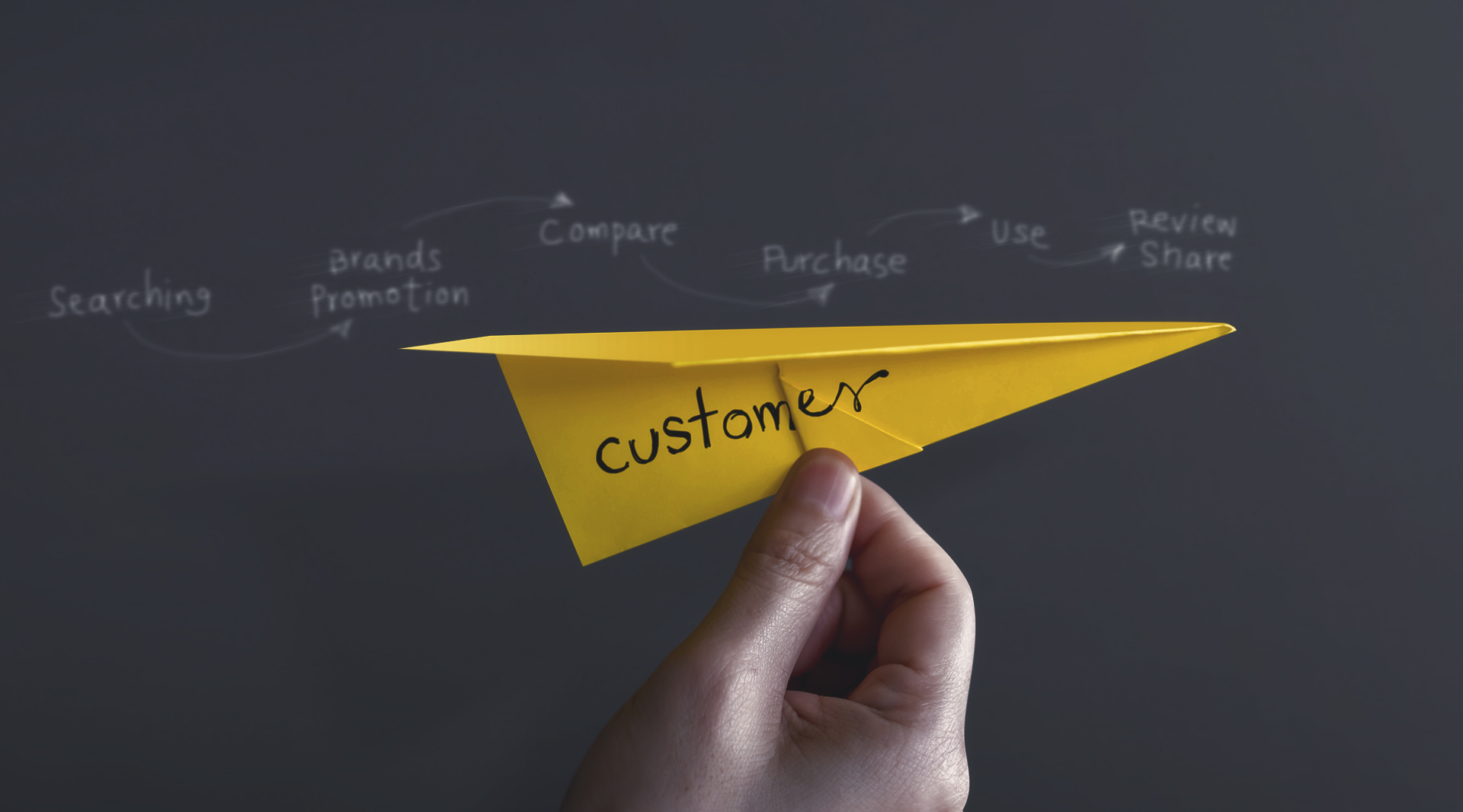Crafting a User-Centric E-commerce App

Designing an e-commerce app with the scale and complexity of Amazon requires thorough research to ensure a user-centric and successful user experience. In the research phase, a UX designer should consider several key aspects:
User Persona and Audience Research:
- Understand the target audience and create detailed user personas.
- Consider demographics, preferences, behaviours, and pain points.
- Identify the diverse needs of different user segments.
Competitive Analysis:
- Conduct a comprehensive analysis of competing e-commerce platforms.
- Identify strengths and weaknesses of competitors.
- Determine what innovative features or design elements can be adapted for your app.
User Journey Mapping:
- Map out the entire user journey from product discovery to purchase and post-purchase activities.
- Identify touchpoints and interactions across different devices and channels.
- Highlight pain points and opportunities for improvement.
Feature Prioritization:
- Identify and prioritize essential features based on user needs and business goals.
- Consider features like personalized recommendations, easy navigation, and a streamlined checkout process.
Information Architecture:
- Define a clear and intuitive information architecture for the app.
- Structure categories, subcategories, and product pages logically.
- Consider how filters and search functionalities will help users find products efficiently.
Mobile Responsiveness:
- Understand the prevalence of mobile usage in e-commerce.
- Prioritize a mobile-first approach for design, ensuring a seamless experience on various devices.
Personalization and Recommendations:
- Explore personalization options such as personalized product recommendations.
- Understand how users want to discover new products and what influences their purchasing decisions.
Search and Navigation:
- Analyze search behaviour and preferences of users.
- Implement an efficient search functionality with filters and sorting options.
- Design clear and intuitive navigation menus for easy exploration.
Trust and Security:
- Address user concerns related to online shopping security.
- Communicate transparently about data protection and privacy policies.
- Implement trust-building elements, such as customer reviews and secure payment options.
Checkout Process Optimization:
- Research best practices for a streamlined and user-friendly checkout process.
- Minimize the number of steps and form fields required for checkout.
- Implement guest checkout options and easy account creation.
Payment and Shipping Preferences:
- Understand user preferences regarding payment methods.
- Research common shipping preferences and expectations.
- Provide clear information on shipping costs, delivery times, and tracking options.
Accessibility and Inclusivity:
- Consider accessibility guidelines to ensure the app is usable by people with disabilities.
- Design inclusively, accommodating users with different abilities and preferences.
Feedback Mechanisms:
- Implement feedback mechanisms such as reviews and ratings.
- Analyze user feedback on existing e-commerce platforms to learn from common issues and preferences.
Performance and Load Times:
- Research the impact of app performance on user satisfaction.
- Optimize load times and ensure the app performs well under various conditions.
Cross-Platform Consistency:
- Consider the consistent experience of users across different platforms (web, iOS, Android).
- Ensure a cohesive design language and user experience.
By thoroughly researching these aspects, a UX designer can lay a solid foundation for creating an Amazon-like e-commerce app that addresses user needs and expectations effectively. This research will inform the subsequent phases of design and development, leading to a more successful and user-friendly product.
